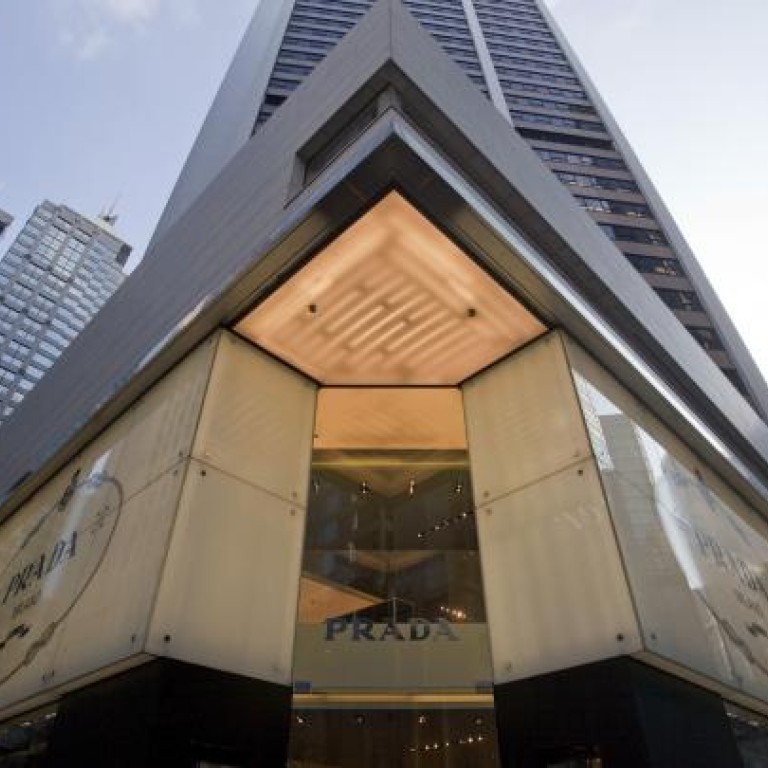
Fashionistas' logo love affair shows big is beautiful in Hong Kong
International luxury brands have been adapting the style of products sold in the city to reflect the Asian taste for prominent and high-profile logos
It seems bigger is better when it comes to fashion labels and logos in Hong Kong.
You just need to do some so-called window shopping in Central to realise that Prada and Salvatore Ferragamo have got their branding down to an art form when it comes to the Asian consumer.
I have recently become more convinced - particularly when I am in my role as my girlfriend's private fashion consultant - that many fashion labels are making their logos bigger and bigger on everything from shoes to bags.
Take Salvatore Ferragamo as an example. Perhaps just three or four years ago, the brand was trying to maintain a low-profile style in Hong Kong, as you can tell from its old designs, which often included the classic "butterfly tie". It rarely printed the full name of Salvatore Ferragamo on its shoes and bags.
Burberry is another example. Most Asian consumers, including the fast-rising middle class in mainland China, got to know the British label from its classic scarf and windbreaker designs. Today when you drop by Burberry's high-rent stores in Causeway Bay and Admiralty, the thing that quickly catches your attention is not its classic low-profile style any more, but big logos, often resplendent in a shiny golden colour on its bags and shoes.
A friend of mine who has worked and lived in Geneva for many years once told me that you probably would find there are more and bigger Bally stores in Hong Kong than Switzerland, the birthplace of the label famous for its women's handbags and shoes. My friend also reminded me that Asian consumers may also find designs by Bally in Europe too "low-profile" from the perspective of the size of their logos. In Asia the bigger the logo, the more high-profile and attractive it will be. And is not only what Chinese consumers prefer but also Indian people, according to some luxury salespeople.
The other thing many of our readers may be wondering is why Hong Kong needs so many luxury shops, in which you may find few shoppers, except during holidays or weekends. The truth is that it doesn't matter how many shoppers are in one store; what is most important is how many products one shopper can buy from his or her one-time visit.
So, who are buying? Of course travellers and tourists are the major buyers of luxury products. The gift culture that many Chinese people subscribe to, especially those in the financial community in Hong Kong, also contributes significantly to the sales of luxury bags and shoes.
When mainland brokerages decide to host end-of-year parties, Hong Kong bankers and asset managers definitely like to splash out in these high-end stores.
I was told that some sell-side people buy luxury bags every year - often worth at least HK$10,000 - for some of their most important buy-side clients (if the clients happen to be female) to show their appreciation. Given the closer economic ties between the mainland and Hong Kong, nowadays such clients could easily be someone like a female chief financial officer in charge of a big cash flow at a major state-owned enterprise in Shanghai.
That may also explain the popularity of big-logo designs.

